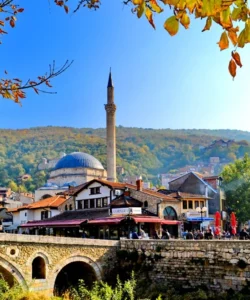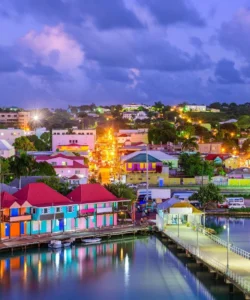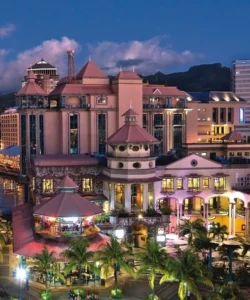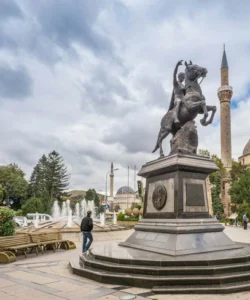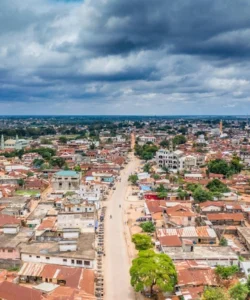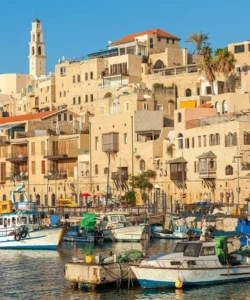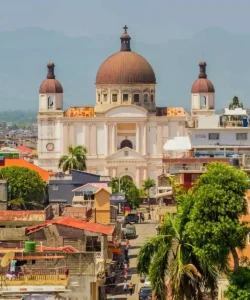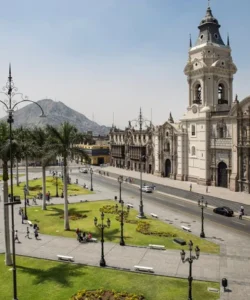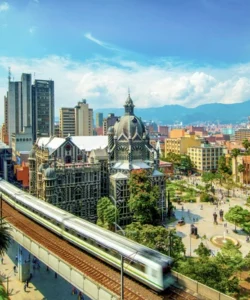Iran, officially the Islamic Republic of Iran, is a country in West Asia. It’s a theocratic state with a dual system of government that combines elements of a parliamentary democracy with a supreme clerical authority. The country has been a significant player in the region, largely due to its oil reserves and its complex relationships with other nations, particularly concerning its nuclear program.
![]()
Here’s an overview:
- Area: Approximately 1,648,195 square kilometers (636,372 sq mi).
- Population: Over 89 million (as of 2024).
- Language: The official language is Persian (Farsi). Other widely spoken languages include Turkic languages and dialects, Kurdish, Gilaki and Mazandarani, Luri, Arabic, and Balochi.
- Currency: The official currency is the Iranian Rial (IRR). However, in daily transactions, people commonly use “Toman,” where 1 Toman equals 10 Rials. Foreign credit cards are generally not accepted, so it’s essential for tourists to carry enough cash (Euros and US dollars are the most easily exchanged).
- Religion: The dominant religion is Islam, predominantly Shia Islam.
- Capital: Tehran.
- Major Cities: Besides Tehran, other significant cities include Isfahan, Shiraz, Tabriz, Mashhad, and Yazd.
Attractions & Wonders:
- Historical and Architectural:
- Persepolis: A UNESCO World Heritage Site and the ancient capital of the Achaemenid Empire, showcasing magnificent palaces and monumental staircases.
- Naqsh-e Jahan Square (Isfahan): Another UNESCO site, a grand square surrounded by architectural masterpieces like:
- Shah Mosque (Imam Mosque): A stunning example of Safavid Islamic architecture with a mesmerizing turquoise dome.
- Sheikh Lotfollah Mosque: Known for its intricate tilework and unique dome.
- Ali Qapu Palace: A six-story palace with a grand terrace offering panoramic views.
- Nasir al-Mulk Mosque (Shiraz): Also known as the “Pink Mosque,” famous for its dazzling stained-glass windows.
- Golestan Palace (Tehran): A UNESCO-listed Qajar-era palace complex with opulent halls and gardens.
- Eram Garden (Shiraz) and Fin Garden (Kashan): UNESCO-listed Persian gardens, embodying a harmonious blend of nature and architecture.
- Vank Cathedral (Isfahan): A beautiful Armenian church, showcasing a blend of Islamic and Christian architectural styles.
- Yazd’s Old City: A UNESCO World Heritage site, known for its traditional mud-brick architecture, wind towers (badgirs), and historic houses.
- Tabriz Historic Bazaar Complex: A UNESCO World Heritage site and one of the oldest and largest covered bazaars in the Middle East.
- Natural Wonders:
- Dasht-e Lut (Lut Desert): One of the hottest places on Earth, characterized by its towering sand formations (yardangs/kaluts).
- Mount Damavand: The highest peak in the Middle East and Asia’s highest volcanic peak, popular for trekking.
- Caspian Hyrcanian Forests: Ancient broadleaf forests along the Caspian Sea, a UNESCO World Heritage site.
- Badab-e Surt: Colorful terraced travertine springs.
- Hormuz Island: Known as the “Rainbow Island” for its vibrant, multi-colored soil and unique geological formations.
- Alamut Valley: A historical region with stunning landscapes and the ruins of the Alamut Castle.
- Margoon Waterfall: A beautiful natural waterfall.
Cuisine:
Iranian cuisine is rich, flavorful, and diverse, often featuring combinations of rice with meat, vegetables, and nuts. Key ingredients include saffron, pomegranates, dried limes, and fresh herbs.
- Popular Dishes:
- Chelow Kabob: Considered the national dish, consisting of various grilled meats (like Koobideh – ground meat, or Jujeh Kabab – chicken) served with saffron rice.
- Ghormeh Sabzi: A slow-cooked herb stew with lamb or beef, kidney beans, and dried limes.
- Fesenjan: A rich and tangy stew made with ground walnuts, pomegranate molasses, and chicken or duck.
- Dizi (Abgoosht): A hearty lamb and chickpea stew, traditionally eaten by separating the broth from the solid ingredients.
- Ash Reshteh: A thick, flavorful noodle soup with various herbs and legumes.
- Tahdig: The crispy, golden crust of rice formed at the bottom of the pot, a highly prized delicacy.
- Zereshk Polo: Saffron rice with tart barberries, often served with chicken.
- Baghali Polo: Rice with fava beans and dill, often served with lamb shank.
Annual Travel:
The best time to visit Iran is during spring (March-May) and autumn (September-October) when the weather is pleasant and mild, avoiding the scorching summer heat and cold, snowy winters. Prices for accommodation and tours tend to be higher during these peak seasons, especially in April due to Nowruz (Iranian New Year, starting March 21st), which can lead to crowded sites and booked hotels. It’s important to be aware of Islamic holidays like Ramadan, during which public eating and drinking during the day are prohibited.

